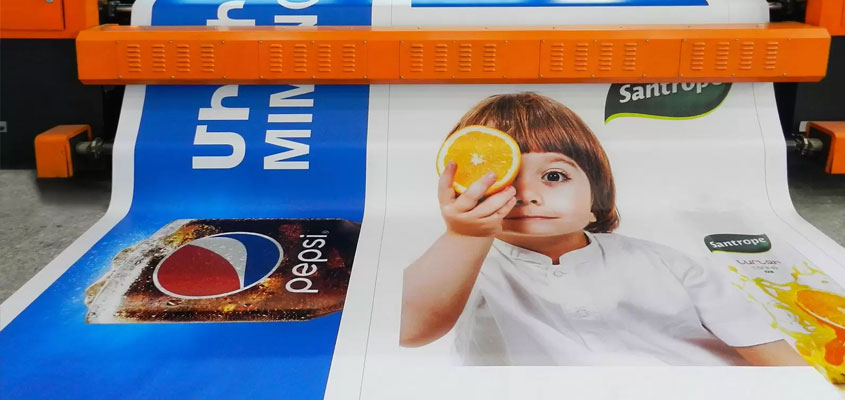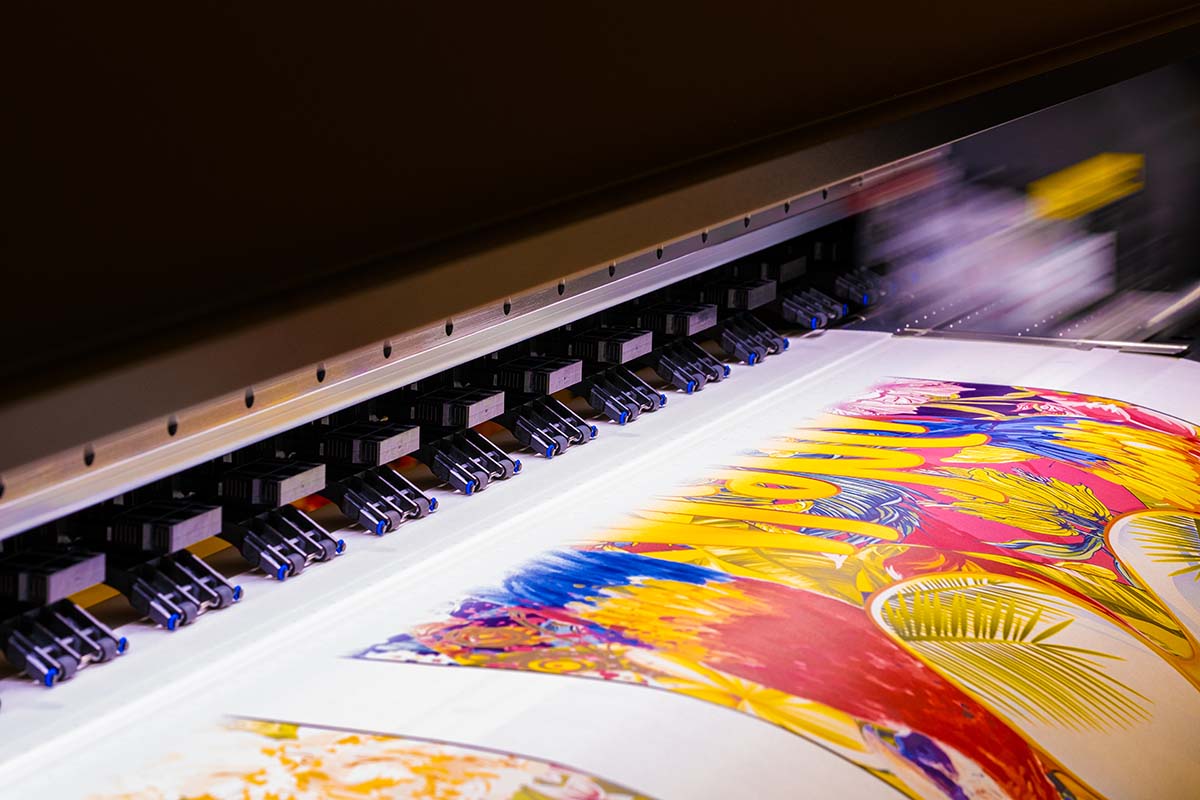Introduction
Printing large format images or photographs can be a challenging task, but with the right techniques and attention to detail, you can achieve stunning results. Whether you are a professional photographer, artist, or simply an enthusiast looking to print your favorite memories on a grand scale, this blog post will provide you with valuable tips and insights to help you achieve high-quality large format prints.
1. Choose the Right Resolution
When it comes to large format printing, resolution plays a crucial role in determining the quality of the final print. Make sure to use images with a high resolution, preferably at least 300 dpi (dots per inch). This ensures that the details in your prints are crisp and clear, without any pixelation or blurriness.
2. Use Professional Editing Software

Investing in professional editing software such as Adobe Photoshop can greatly enhance the quality of your large format prints. These tools offer advanced image editing features like color correction, sharpening, and noise reduction, allowing you to fine-tune your images before printing.
3. Calibrate Your Monitor
To achieve accurate color reproduction in your prints, it’s essential to calibrate your monitor. Adjusting the brightness, contrast, and color settings will ensure that what you see on your screen matches the printed output. Consider using a hardware calibration tool for precise results.
4. Opt for High-Quality Paper and Inks
The choice of paper and inks can significantly impact the final result. Select a high-quality paper that is suitable for large format printing, such as heavyweight matte or glossy paper. Additionally, using archival inks ensures that your prints remain vibrant and fade-resistant over time.
5. Pay Attention to Color Management
Proper color management is crucial for achieving accurate and consistent colors in your large format prints. Use color profiles specific to your printer and paper combination to ensure that the colors you see on your screen translate well to print. Consider using professional color management tools if necessary.
6. Optimize Image File Formats
Optimizing your image file formats can help minimize file size while maintaining image quality. JPEG is a common format for large format printing, but be cautious with compression levels, as excessive compression can result in loss of detail. For lossless quality, consider using TIFF or PNG formats.
7. Proof Your Prints
Before sending your files to print, it’s essential to proof your prints. Print a small test sample to check for any issues such as color accuracy, sharpness, and any potential errors. This allows you to make necessary adjustments before proceeding with the final print.
8. Consider Image Scaling
When enlarging images for large format prints, be mindful of image scaling. Enlarging beyond the original resolution can lead to a loss in image quality. If possible, use high-resolution images to begin with or consider using specialized software to upscale your images without compromising quality.
9. Choose the Right Printing Service
Selecting a reputable and experienced printing service is vital for achieving high-quality large format prints. Research and compare different printing companies based on their expertise, equipment, and customer reviews. Make sure they have the capability to handle large format printing with precision and attention to detail.
10. Properly Store and Display Your Prints
After obtaining your high-quality large format prints, it’s crucial to store and display them properly. Protect your prints from direct sunlight, Cliff Digital Exhibit Displays, moisture, and extreme temperatures by using archival sleeves or frames. This ensures that your prints continue to look stunning and preserve their quality for years to come.
Summary
Large format printing offers a unique opportunity to showcase your work in an impressive and visually striking manner. However, it also presents challenges due to the increased size and resolution requirements. To ensure your large format prints turn out flawlessly, consider the following tips:
- Use high-resolution images: To avoid pixelation and maintain sharpness, start with high-resolution images. The higher the resolution, the better the details and overall quality of the print.
- Choose the right printer and paper: Invest in a printer specifically designed for large format printing. Additionally, select a high-quality paper that complements your artistic vision and enhances the colors and textures of your artwork or photographs.
- Calibrate your monitor: Ensure your monitor is properly calibrated to accurately display colors and tones. This will help you make appropriate adjustments and ensure the final print matches your expectations.
- Consider the lighting conditions: Lighting plays a crucial role in how your large format prints appear. Assess the display environment where the prints will be showcased and adjust color settings accordingly to maintain consistency and achieve the desired visual impact.
- Perform test prints: Before printing your final large format image, perform test prints on smaller sizes or sections of the image to evaluate color accuracy, sharpness, and overall quality. This allows you to make any necessary adjustments before committing to the larger print.
- Optimize file formats: When saving your images for printing, consider using file formats such as TIFF or PNG, which preserve the highest quality and allow for lossless compression. Avoid using highly compressed formats like JPEG to prevent loss of detail.
- Pay attention to scaling: Ensure that your image is scaled properly to the desired size without distorting the proportions. Use professional software or specialized tools to handle the resizing process effectively.
By following these tips, you can significantly enhance the qua this link lity of your large format prints and create stunning visual displays that captivate viewers and showcase your artistic vision in all its grandeur.
- Q: What are some tips for achieving high-quality large format prints?
- A:
- Use high-resolution images: Ensure that your images have a resolution of at least 300 pixels per inch (PPI) to maintain sharpness and detail.
- Choose the right file format: Opt for uncompressed formats like TIFF or RAW to preserve image quality and avoid compression artifacts.
- Calibrate your monitor: Regularly calibrate your monitor to ensure accurate colors and brightness levels.
- Consider paper choice: Select a high-quality paper that is compatible with your printer and suitable for the intended purpose of the print.
- Adjust image settings: Make necessary adjustments to brightness, contrast, and color saturation to achieve the desired look.
- Print with a reputable service provider: If you don’t have a large format printer, consider outsourcing the printing to a professional print service with a good reputation for high-quality prints.

Welcome to my website! My name is Spencer Earle, and I am a professional Car Wrap Installer with a passion for large format printing, customization trends, trade show planning, and booth design inspiration. With years of experience in the industry, I have honed my skills and expertise to deliver exceptional results to my clients.

